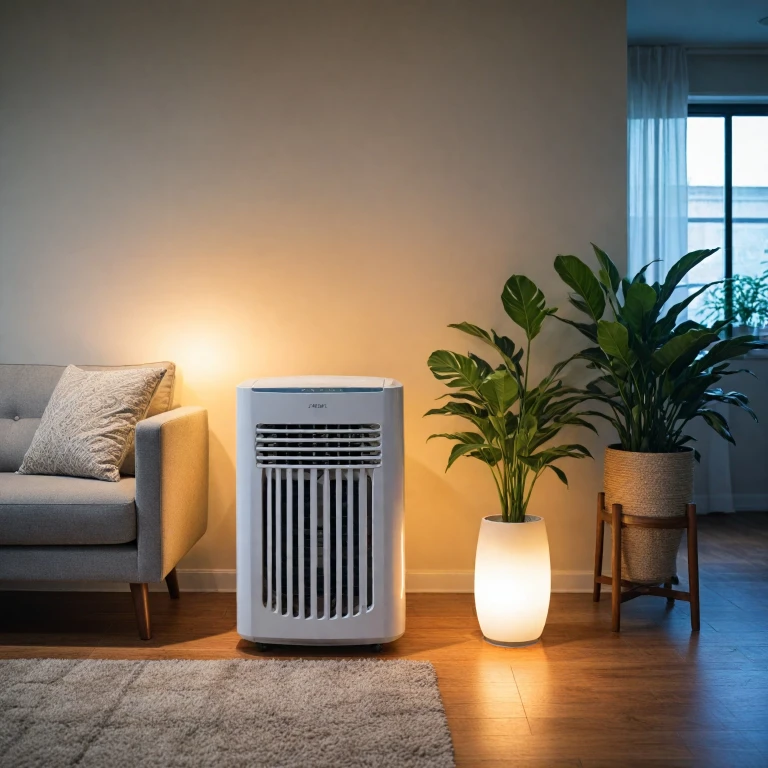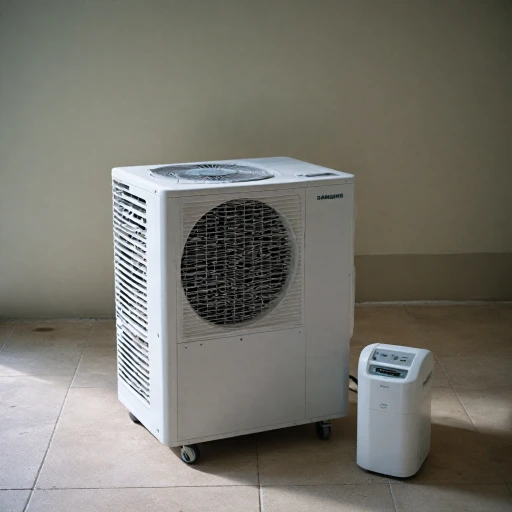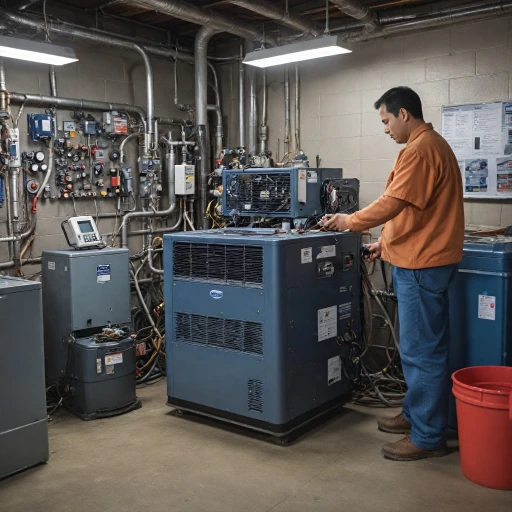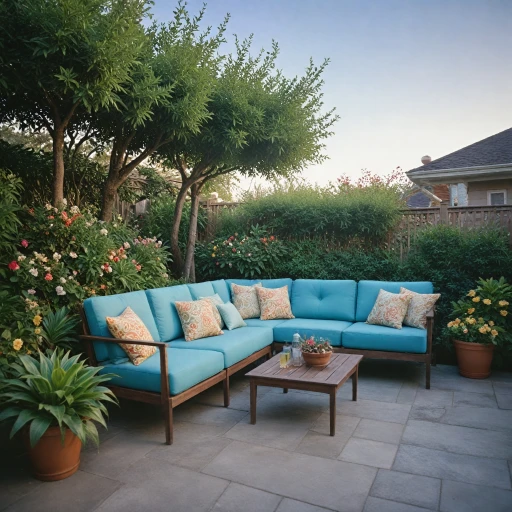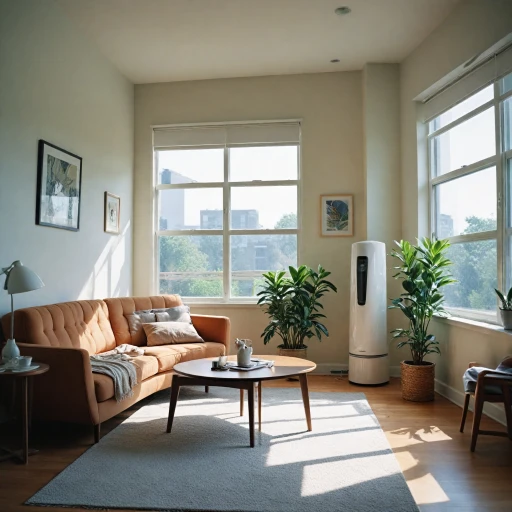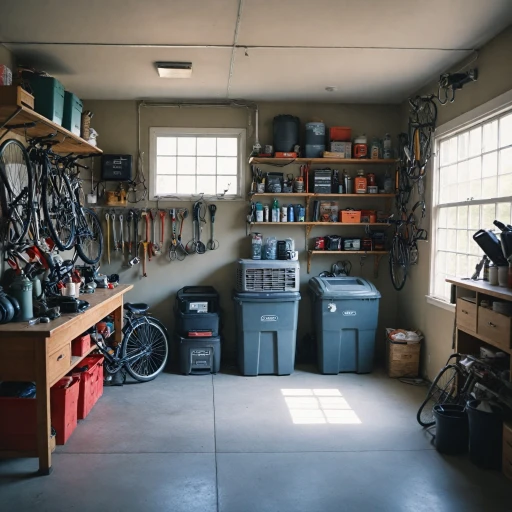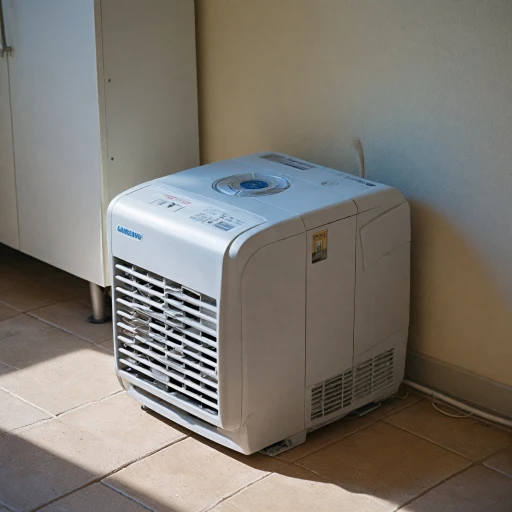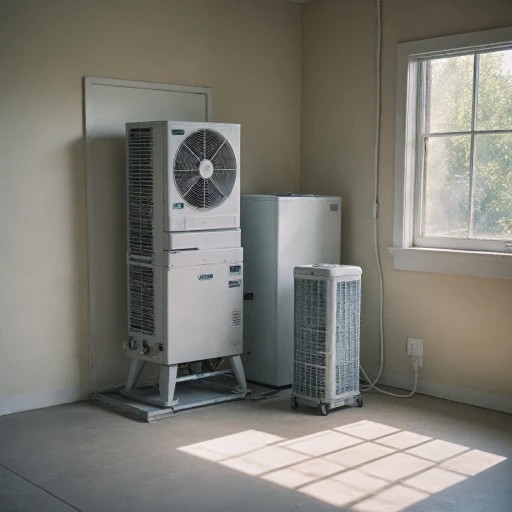
Understanding Noise Levels in Portable Air Conditioners
Deciphering Sound Levels in Quiet Air Conditioners
When selecting a portable air conditioning unit, understanding its noise levels is crucial, especially when the goal is achieving a peaceful environment. Noise from portable air conditioners can range significantly, mostly influenced by the unit's design, cooling capacity, and additional features. Portable air conditioners with higher BTUs tend to produce more noise because they need stronger fans to move greater volumes of air. However, today's models often come with features aimed at quiet operation, balancing both cooling capacity and sound reduction. It’s important to evaluate whether the unit operates within a desirable decibel (dB) range, particularly if it will be used in spaces like bedrooms or living rooms, where tranquility is a priority. Many units now include quiet mode or sleep mode to further reduce noise during operation. This feature is especially beneficial during nighttime use. Quiet portable air conditioners will typically come with a sound level specification, allowing consumers to choose models that emit minimal noise. It's also wise to consider the fan speed settings and air control mechanisms, such as whether the air conditioner has a single hose or dual hose system, as these can contribute to the decibel level produced. Smart features, like remote control or app connectivity, can also enhance the ease of use without necessarily increasing noise levels. Referencing other portable cooling solutions—like those mentioned in our search for top features—can provide broader insights into optimizing both performance and quietness, balancing your need for a cool yet serene environment.Top Features to Look for in a Quiet Portable Air Conditioner
Essential Features for a Peaceful Cooling Experience
When selecting a quiet portable air conditioner, there are several key features to consider that ensure minimal noise disruption while providing efficient cooling. The quiet operation of portable air conditioners often comes down to the design and functionality of the unit. Here are some essential factors to take into account:
- Dual Hose Design: Unlike the single hose configuration, dual hose models typically have a quieter cooling process. This is because they use one hose for intake air and the other for expelling hot air, offering a more efficient cooling cycle with less strain on the unit, resulting in reduced noise levels.
- Variable Fan Speeds: Having multiple fan speed settings allows for greater control over noise levels. Lower speeds tend to produce less noise, making it suitable for use in a bedroom or living area where low background noise is preferred.
- Sleep Mode and Timer Function: Many portable air conditioners come equipped with a sleep or night mode that reduces fan speed and sound output during nighttime. This feature helps maintain a peaceful environment while ensuring comfort is not compromised.
- Energy Efficiency: An energy-efficient portable air conditioner often operates at lower noise levels since it doesn't need to work as hard to cool the room. Look for units with high EER (Energy Efficiency Ratio) ratings for quieter performance.
- Remote Control: A unit with a remote control allows you to adjust settings from a distance, reducing the need for manual interactions close to the air conditioner, thereby minimizing potential noise interruptions.
Choosing the right quiet portable air conditioner involves exploring these features alongside personal preferences and the unit's cooling capacity, often measured in BTUs. Remember that high cooling capacity often translates into more noise, but technological advancements in newer models strike a balance between the two.
Comparing Popular Quiet Portable Air Conditioner Models
Analyzing Leading Models for a Tranquil Escape
When on the quest for the most silent portable air conditioner, it’s crucial to explore popular models that balance both performance and quiet operation. Each model comes with its unique set of features designed to cater to specific needs, from fan speed control to energy efficiency.- BTU Capacity and Efficiency: A central aspect of selecting the right unit is understanding cooling capacity, often measured in BTU (British Thermal Units). For instance, a portable air conditioner with a 10,000 BTU rating might effectively cool a living room of around 300 square feet. Models with higher BTU ratings, like 14,000 BTU, can cover larger areas but might be a bit louder.
- Single Hose vs. Dual Hose: Quiet portable air conditioners come in either single hose or dual hose designs. Single hose models are typically more affordable but might be less efficient compared to dual hose versions, which can manage temperature levels more swiftly with a quieter demeanor.
- Fan Speed and Noise Levels: Most quiet portable air conditioners offer variable fan speed settings and sleep modes that adjust the noise output according to user needs. This customization is perfect for a peaceful night's rest or for maintaining a cool, serene living room.
- Innovative Cooling Technologies: Units like the white Midea Duo pair aesthetic appeal with advanced features such as smart remote control and energy-efficient modes. The inclusion of a dual inverter system allows for optimized quiet operation at varying cooling demands.
- Real-World Feedback: User reviews highlight differences in perceived noise levels based on the air conditioner's mode of operation. Models equipped with dual band technology are often lauded for their seamless transition between high-speed and sleep modes, ensuring minimal disturbance.
Tips for Reducing Noise from Your Portable Air Conditioner
Effective Measures to Minimize Noise from Your Portable Air Conditioner
Reducing noise from your portable air conditioner can significantly enhance the comfort of your living space, especially if you rely on quiet operation for a peaceful environment. Here are some effective strategies to keep the noise at bay while ensuring efficient cooling for your room:- Positioning: Place the portable unit on a level surface to reduce vibrations. Ensure it's positioned away from walls and furniture that can amplify sound. Using a sound-absorbing pad beneath the unit might further minimize vibrations.
- Fan Speed: Operating the fan at a lower speed can significantly reduce noise levels. Many portable ACs come with adjustable fan speeds; opting for the lowest setting can often make a substantial difference.
- Sleep Mode and Timer: These features are excellent for maintaining a comfortable environment overnight or during specific times without the constant hum of a high-powered fan. Setting your unit to a sleep mode can be beneficial in reducing noise while conserving energy.
- Regular Maintenance: Ensure that air filters are clean and the hose or dual hose setup isn't obstructed. A blocked or dirty filter can force the unit to work harder, leading to increased noise. Routine maintenance can prevent unnecessary noise from the motor.
- Insulation and Sealing: Properly insulate and seal around the exhaust hose to minimize external noise. This will not only help in reducing the sound but also enhance your unit's cooling capacity by preventing warm air from re-entering the space.
